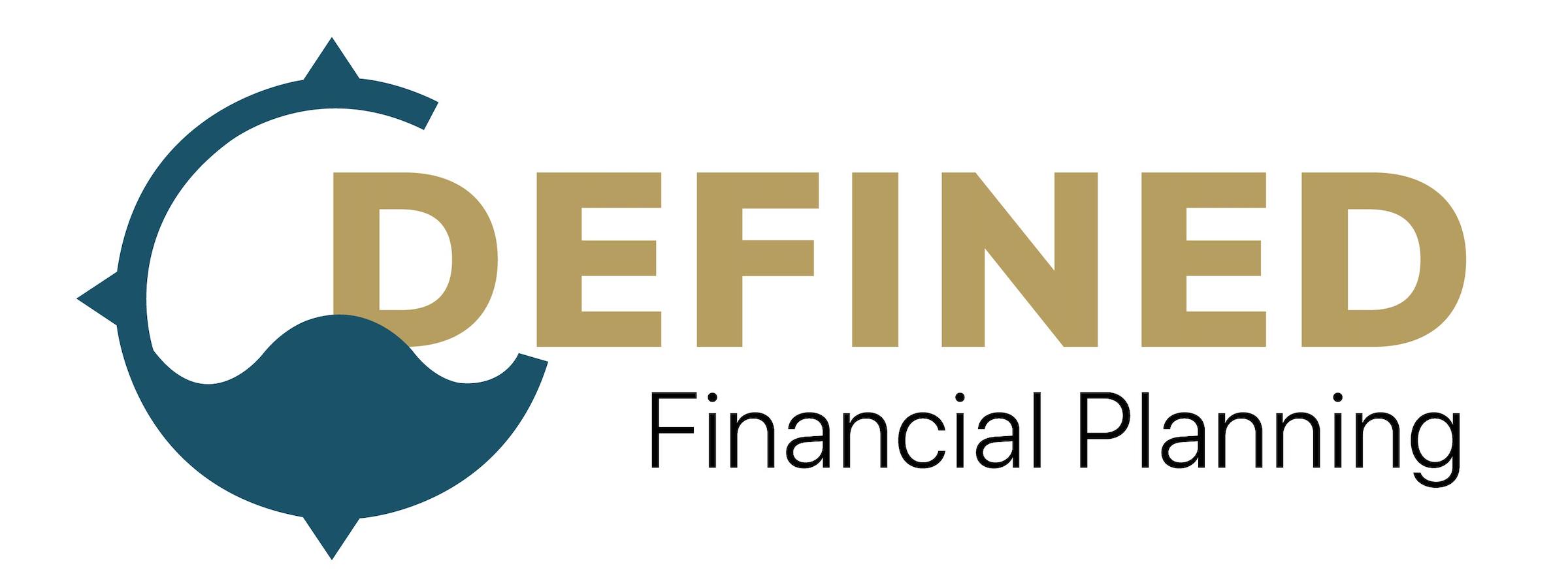
A Case for the Solo 401k
Recently, Solo 401k plans have been an increasingly viable solution for single owner/employee organizations that want a tax deferred solution with larger contribution limits and the flexibility to adapt the plan as the company expands. I find the Solo 401k particularly appealing for independent professional consultants that utilize an entity such as an S-corporation or a Limited Liability Company to conduct business. In the past, set-up and administration for solo 401k plans have been costly, restrictive, and time consuming for the owner. In some cases, the plan document administration and annual IRS reporting would go uncompleted leading to costly audits and fines for the business owner.
In more recent cases, cost compression for third-party administrators and access to a more robust network of institutional asset managers has provided a much more effective solution. Local third-party administration can provide low cost solutions, working directly with the advisor and client, to develop and maintain the plan documents and complete the annual required IRS reporting. Depending on the initial plan funding and annual contribution size, institutional third-party asset managers can work with the advisor to develop custom investment strategies for the plan, that seamlessly fit into the clients desired allocation and risk model.
The Solo 401k plan functions just like a traditional 401k plan; thus, the same rules and requirements apply. Because there aren’t any common law employees participating in the plan, nondiscrimination testing for the plan is not required. If the plan has less than 250,000 on the first day of the year, the IRS does not require the plan sponsor to file form 5500. This makes annual plan reporting less time intensive for the third-party administrator, which is a big cost saver for annual administration.[1]
Like a traditional 401k, a solo 401k is also subject to compensation and contribution limits. 2019 limit for compensation is 280,000. In other words, you can only use up to 280,000 dollars in wages when computing how much the company is going to contribute for the benefit of the owner. The maximum deferral limit for 2019 is 56,000. If the owner is over 55 years of age, an additional 6,000 catch up deferral can be made, bringing the maximum to $62,000.[2]
To put this strategy into perspective, lets walk through a recent case. An engineer 64 years of age, sole owner of a California S-corporation has gross revenues of $450,000 per year and operating expenses around $50,000. The engineer wants to explore ways to save for retirement and reduce personal tax liability in the short-term while company income is high. The engineer takes $200,000 in the form of w2 wages with the remaining $150,000 of net income flowing through to the personal tax return as a shareholder’s distribution at the end of the year.
Setting up a solo 401k plan for the engineer would look something like the following design…
Solo 401k in this case would be considered a Qualified Defined Contribution Plan, so contributions are broken out into two types. Elective Employee Contributions and Employer Profit-sharing Contributions. Elective Employee Contribution deferral limit for 2019 is 100% of compensation OR $25,000 which includes the $6,000 catch up provision because the owner is over 50 years of age. If you think back to the 2019 maximum contribution of $62,000 for 2019. $25K of the total $62K is coming from employee deferral, leaving $37k in additional contributions. It is important to note that because the engineering firm is an S-corporation, elective deferrals must come from W2 wages. If you are structured as a Sole-proprietor or Limited Liability Company the IRS has established guidelines to calculate wages available for deferral, that we won’t get into in this case study. The remaining $37,000 in contributions are considered Employer Profit Sharing Contributions for this plan. [3]
Using this strategy, lets analyze what happens to the engineer’s income above the line.
| W2 Wages |
Company Profits |
| $250,000
$225,000 |
$150,000
$113,000 |
Essentially this strategy deferred $62,000 of net profits reducing the owner’s topline income to $338,00 from $400,000. Hypothetically if this income was subject to the highest marginal federal and state tax rates this strategy represents $31,200 in tax savings which is not including other possible benefits such as reasonable wage calculations when determining income subject to self-employment tax. [4][5]
Using the solo 401k in this case accomplished the owners to main concerns; retirement savings and current taxes, but did this strategy set an appropriate foundation for growth? I believe the solo 401k flexibility really shines if/when the owner needs to add employees. Depending on the third-party administrator, converting a solo 401k plan to a traditional one is relatively seamless.
It is very important to take into account all possible variables, many of which not discussed in this article, when considering any type of company sponsored retirement plan. I recommend working closely with a third-party administrator and CPA to determine your actual benefits and limitations.
[1] https://www.irs.gov/retirement-plans/form-5500-corner
[2] https://www.irs.gov/retirement-plans/one-participant-401k-plans
[3] https://www.irs.gov/retirement-plans/plan-participant-employee/retirement-topics-401k-and-profit-sharing-plan-contribution-limits
[4] https://taxfoundation.org/2019-tax-brackets/
[5] https://www.tax-brackets.org/californiataxtable
